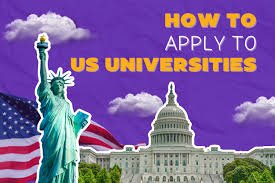
The Importance of Education in Building a Stronger America
Education is a cornerstone of American society, serving as a vital tool for personal development, economic growth, and social cohesion. As the nation faces numerous challenges, the role of education Securly pass login becomes increasingly critical in shaping a stronger America. This article explores the multifaceted importance of education, examining its impact on individual lives,…



